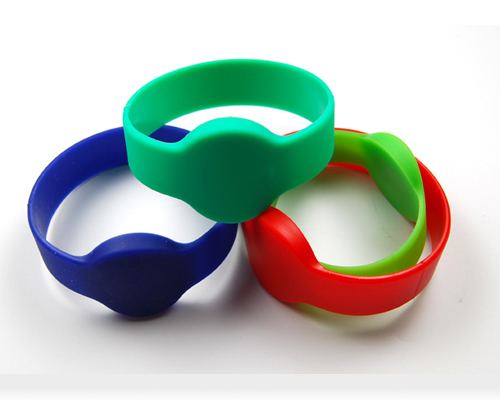This is where NFC card comes into play. By the numbers, it’s a modest technology, transmitting only a few hundred kilobits per second and barely reaching farther than a couple of centimeters. However, it provides exactly what is needed: the equivalent of plugging in a cable. The strict proximity that NFC requires means there are exactly two devices you want to connect and you want to connect them now. The amount of data that can be transferred in a second or so is more than sufficient to provide all the technical details they need.
The technical basis for this “tap to connect” process is provided in the NFC Connection Handover specification running atop the NFC Forum protocol stack. It defines a framework of messages and data containers that allow bootstrapping of alternative (i.e., other than NFC) carrier connections in a standardized way. Combined with the information specific to a carrier technology, usually defined by another standardization body, all that is needed to jump into that carrier’s connection process is exchanged with a simple touch. And if that’s not enough, it is even possible to use a smartphone to mediate a connection setup between two other devices in case they can’t be moved.
The combination of Bluetooth and NFC is undoubtedly compelling and its first use appeared in the earliest prototypes of NFC phones. It’s thus not much of a surprise that both the Bluetooth SIG and the NFC Forum came to work together on an implementation guide for developers who want to utilize the combination of Bluetooth and NFC in their applications and devices. This effort led the two organizations in 2011 to publish the Bluetooth Secure Simple Pairing Using NFC application document, which has since been appreciated by many developers.






